Scotland’s single malt Scotch whisky regions are Speyside, Highlands, Lowlands, Islands (including Islay), and Campbeltown, and each one produces subtly different flavours in the spirits they distil. Discover why whisky is Scotland’s top export in this guide, which includes details about the main whisky regions, the distilleries, and recommendations for single-malt whiskies to add to your collection.
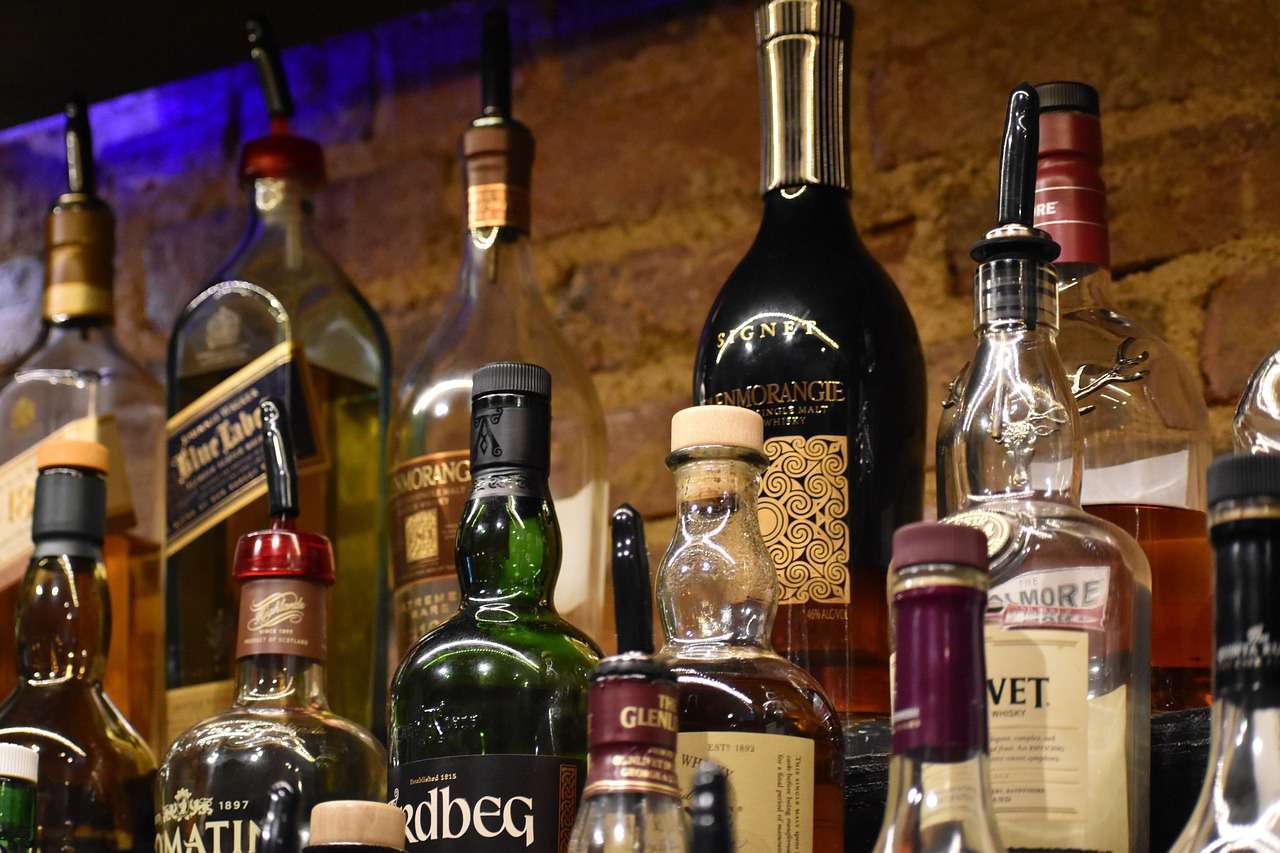
Scotch Whisky Regions
Scotland is famous for its huge range of single malt whisky, with each distillery imbuing the liquid with its own unique character. From the peaty and smoky flavours of the Islay distilleries to the light and sweet notes of Speyside, it can be said that no two distilleries are alike.
It’s this variation in colour, flavour, smell, and feel that makes whisky collecting so addictive, and building a collection of rare single malts is the dream of every whisky enthusiast.
Each of the six single-malt whisky regions produce their own variations of the spirit, but within these regions are a multitude of different tastes due to the use of different casks and production methods, which we’ll look at in this article.
Become a member of Scotland’s biggest whisky club – The Scotch Malt Whisky Society.
Protect Your Family From Scotland's Biting Midges
- Powerful, reliable protection for up to 8 hours
- Water- and sweat resistant
- Repels midges, mosquitoes, horse flies, sand flies, fleas and ticks
- Safe for use on adults, children over 30 months and pregnant women
- Non-sticky, moisturising with a pleasant fragrance
- Packaging may vary
Speyside Whisky
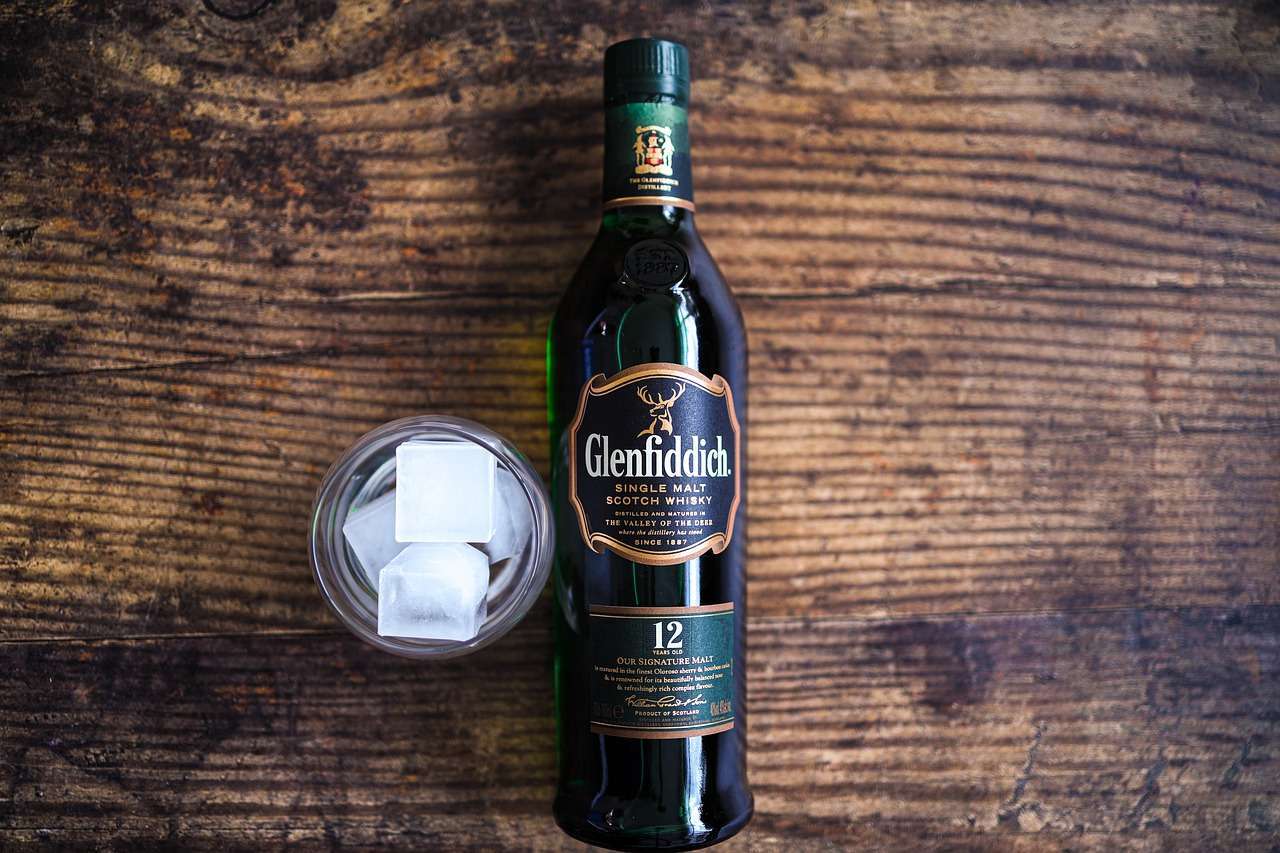
- Number of distilleries: Over 60.
- Top Speyside single malt whisky brands: Macallan, Dalwhinnie, Glenlivet, Glenfiddich.
- Typical flavours: Apple, vanilla, oak, malt, dried fruit.
Speyside is located in the northeast of Scotland, surrounding the River Spey, and while it’s one of the most famous of Scotland’s whisky-producing areas, it’s actually classified as a sub-region of the Highlands. In fact, Speyside is only recognised as a separate whisky producer due to the high density of distilleries in the area, which is home to the highest concentration of distilleries in Scotland.
Some of the largest distilleries producing Scotch are located in Speyside, with three of them – Glenlivet, Glenfiddich, and Macallan – making up more than one-third of the entire single-malt whisky market. It’s fair to say that Speyside is by far the most important whisky-producing region for Scotland’s economy.
Speyside whisky is generally quite light in colour and taste, with very little peat smokiness but lots of vanilla, honey, apple, and pear notes. The area is traditionally divided into eight distinct areas: Rothes, Strathisla, Lossie, Liver, Fridhorn, Dufftown, Deveron, and Speyside Central, where some of Scotch whisky’s most famous names originate (Glenfiddich, Tomintoul, Aberlour, and Glen Moray, amongst others).
My recommendation: Benromach, 10-year-old. Sherried, rich, and oaky on the nose, it gives way to cream, almonds, and spice.
- Benromach Single Malt Scotch Whisky, 70cl
Highland Whisky
- Number of distilleries: Over 25.
- Top Highland single malt whisky brands: Dalmore and Glenmorangie.
- Typical flavours: Fruit cake, malt, oak, heather, dried fruit, smoke.
The Highland whisky-producing region is by far the largest in physical size, covering almost the entire northern area of the country although only around 25% of Scotch whisky is made there. Highland whisky tends to be a little smokier than Speyside but lighter than the whisky made on the Islands, and it’s characterised by the floral smells and fruity flavours that symbolise the wild coastline and dense moorland that surrounds distilleries like Glenmorangie, Dalmore, and Tullibardine.
Although the Highlands boast a diverse range of distilleries, reaching as far as Glengoyne near Glasgow to Wolfburn near John O’ Groats, Highland whiskies generally come under six distinct tasting notes.
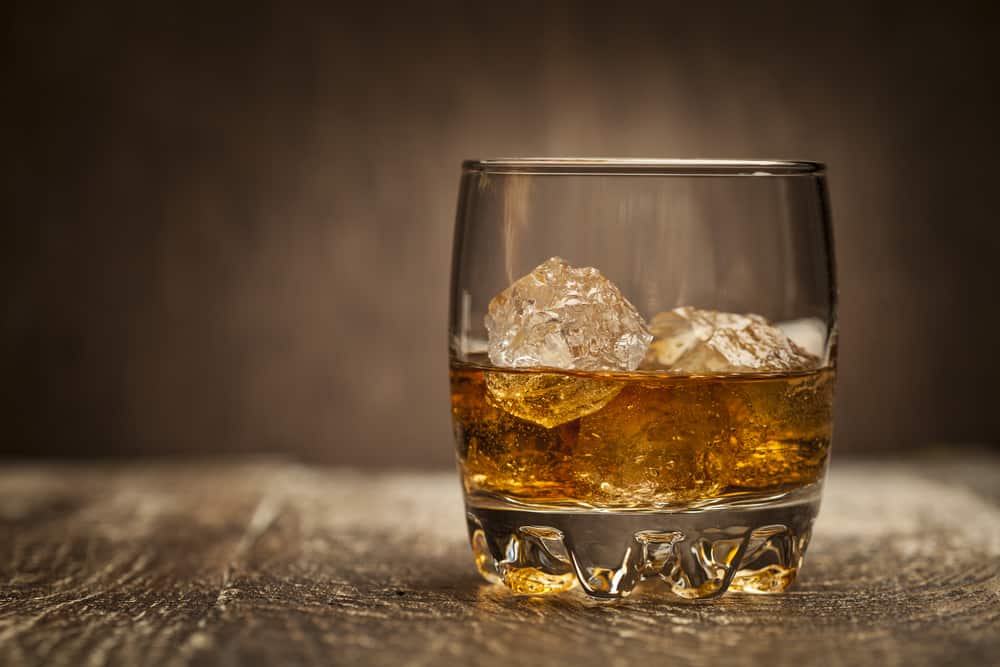
Close your eyes while sipping a Highland dram and you’ll likely discover a combination of fruit cake, malt, oak, heather, dried fruit and smoke, with many variations also taking hints from sherry and bourbon casks. If nothing else, the range of Highland whiskies is certainly diverse.
There are quite a few differences between the different distilleries located throughout the Highlands, although generally, you’ll find that the north produces single malts that are sweet and rich, while the south and east tend to distil whisky that’s light and fruity.
The West Highlands, meanwhile, take a lot of influences from the Islands, so you’ll mostly find peaty flavours in their spirits, though not as pronounced as you’ll find on Islay.
My recommendation: Glenmorangie 10-year-old. Medium-bodied with little smoke, this classic Scotch is easy to drink and very affordable which might explain why it’s frequently voted as the best single malt whisky for the price.
- Mellow Tones
- Delicacy Of Flavour
Book Tours in Scotland
Lowland Whisky
- Number of distilleries: Under 5.
- Top Lowland single malt whisky brands: Auchentoshan, Glenkinchie.
- Typical flavours: Grass, honeysuckle, cream, toffee, cinnamon.
Lowland whisky was at one time famous for its distilling process, which involved triple distilling the spirit to produce a wonderfully smooth and light drink. Today, however, production in the Lowlands concentrates on distilling grain spirit for whisky blends, and the distillation of single malts has rapidly declined over the last twenty years.
Sadly, there are few Lowland distilleries still in operation, though some, like Glenkinchie near Edinburgh and Auchentoshan near Glasgow, continue to use the old triple distilling techniques.
The Lowlands cover the entire south of Scotland, including Edinburgh and Glasgow, from the county borders along the Clyde estuary across to the river Tay in the east and down to the border with England.
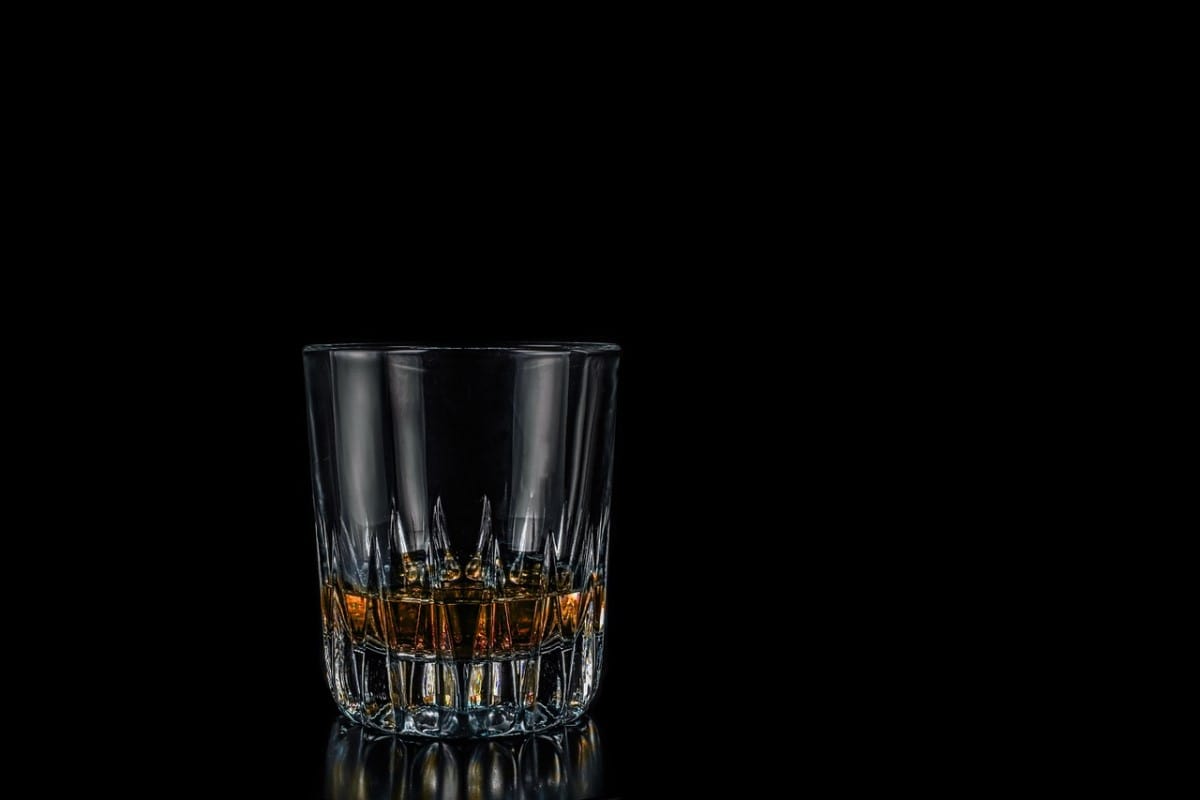
Alcohol tax increases at the start of the 20th century, which in turn forced the closure of several distilleries, were primarily responsible for the growth of blended whisky in the Lowlands. In turn, the rapid advances in grain production meant the remaining distillers found it more profitable to make cheap grain spirit.
We can see this effect on the market today with distilleries such as Aisla Bay, which produces an incredible 12 million litres of spirit per year, but only for use by other manufacturers in their blends. Even so, if you can find a modern bottle of Lowland single malt, you’ll be pleasantly surprised at the quality of the spirit, with notes of grass, honeysuckle, toffee, and cinnamon playing heavily on your taste buds.
My recommendation: Glenkinchie 12-year-old. Fruity, biscuity, and with flavours of apple and grass, this is a very easy-going Scotch that’s drinkable on any occasion.
- Glenkinchie is distilled in Scotland and matured for at least 12 years, the result is a floral whisky with a fresh, creamy taste
- It is distilled in some of the largest stills in Scotland to make a light, crisp whisky
- Glenkinchie is ideal as an aperitif, or at the start of a meal due to it's fragrant, light and appetising body and taste
- Savour it neat, on ice, with a mixer or in a cocktail
- 2015 Silver Medal Winner - International Wine and Spirits Competition
Islay and Island Whisky
- Number of distilleries: Islay – under 10, Islands – under 10.
- Top Island single malt whisky brands: Highland Park, Talisker, Jura.
- Top Islay single malt whisky brands: Ardbeg, Laphroaig, Lagavulin.
- Typical flavours: Seaweed, brine, carbolic soap, apple, smoke, peat.
Island whisky is characterised by strong, peaty, heavily smoked flavours from famous producers including Laphroaig, Jura, and Arran. These whiskies take their cues from the wild seas that whip around the rugged islands of the Inner Hebrides, although by far the biggest concentration of distilleries is located on the Isle of Islay.
Islay has an impressive eight distilleries in production, which is incredible for an island that only has a total of 3,000 people living on it.
The single malt whisky produced on this picturesque island is the stuff of legend, and between the distilleries of Laphroaig, Lagavulin, Kilchoman, Caol Ila, Bunnahabhain, Bruichladdich, Bowmore, and Ardbeg, you’ll experience flavours ranging from spicy pepper, creamy fruit, syrupy apple, and natural carbolic.
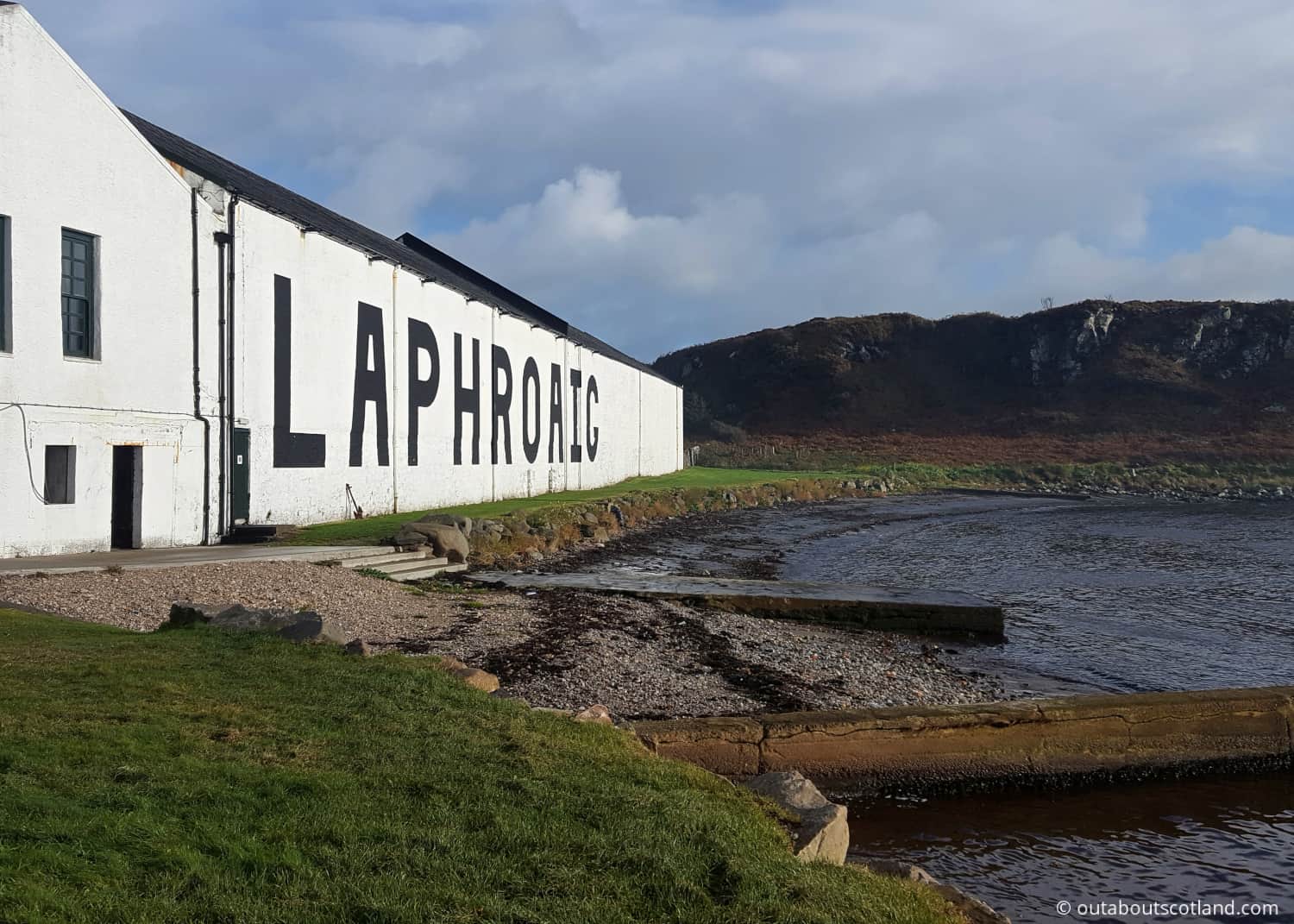
Other islands in this whisky-producing region include Jura, Mull, Arran, Orkney, and Skye, with The Arran Malt (18-year-old) previously voted the ‘Best Scotch Islands Non-Islay Single Malt’ at the World Whisky Awards.
While the heady smokiness of Island whisky isn’t to everyone’s taste, if you want to take a journey into the world of Scotch whisky, then you owe it to yourself to at least try a couple of drams when you get the chance.
My recommendation: Bowmore 18-year-old. This is my favourite whisky, full of saline smokiness with a sweet and syrupy aftertaste. It’s a wee bit pricey, but worth it for special occasions.
- An incredibly complex and rewarding dram, Bowmore 18 is a unique marriage of subtle smoke and delicate sweetness
- It tastes like soft fruit and chocolate, balanced by a light smokiness and aromas of crème caramel
- Sculpted by time, this whisky is aged for 18 years in the finest, hand-picked oak barrels — previously used to age bourbon and sherry
- Time-honoured traditions are still used here, in one of Islay's oldest distilleries, where generations of artisans have developed techniques to create this singular Scotch Whisky
- This award-winning whisky has taken home medals from global competitions
Protect Your Family From Scotland's Biting Midges
- Powerful, reliable protection for up to 8 hours
- Water- and sweat resistant
- Repels midges, mosquitoes, horse flies, sand flies, fleas and ticks
- Safe for use on adults, children over 30 months and pregnant women
- Non-sticky, moisturising with a pleasant fragrance
- Packaging may vary
Campbeltown Whisky
- Number of distilleries: under 5.
- Top Campbeltown single malt whisky brands: Glengyle and Springbank.
- Typical flavours: Brine, smoke, dried fruit, vanilla, toffee.
Campbeltown on the southern Kintyre peninsula was once heavily invested in single malt whisky production, with 34 plants in operation at its peak in the 1850s, but sadly, there are only three left: Springbank, Glengyle, and Glen Scotia. Even so, the whisky produced in this remotest of the single malt regions is superb, and there are some wildly different flavours to experience.
Campbeltown is unusual in that although it’s part of the mainland it has notoriously poor transport links to the rest of Scotland due to its location at the foot of the Mull of Kintyre. That’s primarily the reason why this once-prolific whisky-producing region saw its sales drop as distillers fought to battle increasing transport costs.
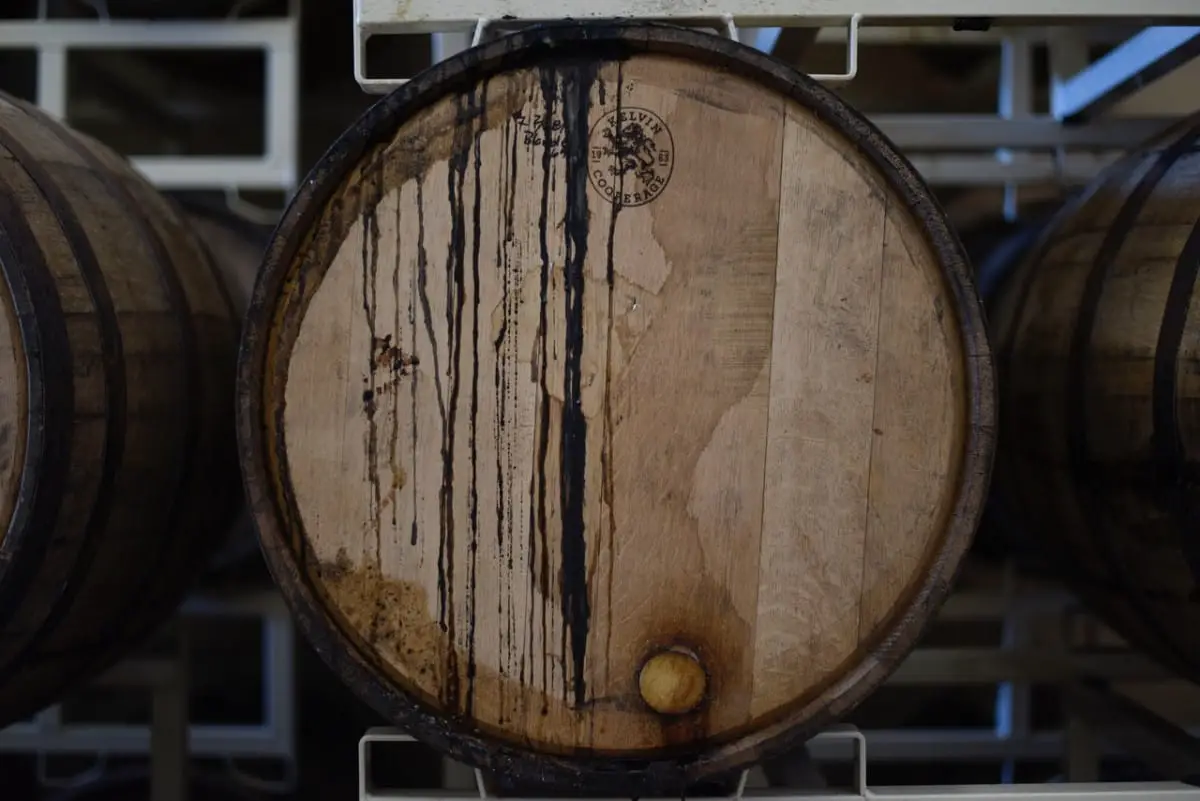
Unfortunately, this downward spiral of cost-cutting led to distillers producing an inferior product compared to the rest of Scotland, and as corners were cut its popularity declined.
There are still some good-quality single malts produced in Campbeltown, though, and the Springbank distillery, in particular, is very popular amongst whisky enthusiasts due to the levels of peat used in their double and triple distilling processes.
While you could be forgiven for thinking that a dram of Longrow has been poured out of a bottle from the heavily peated Isle of Islay, a dram of Hazelburn could leave you in no doubt that it’s come from one of the light and floral distilleries of Speyside.
The ability of the Campbeltown distilleries to innovate and steadily improve upon the quality of their product should leave enthusiasts in no doubt that although diminished in size, whisky production in Campbeltown is here to stay.
My recommendation: Springbank Longrow 10-year-old. Flavours of peaty smoke, light oak, vanilla and orchard fruits characterise this lovely Campbeltown whisky.
- A highly balanced Malt, round, kernig
- From the home of Scotch whisky
- On its own or with a splash of water
Facts and Figures About Scotch Whisky
Did you know?
- Scotch whisky accounts for almost 20% of the entire UK exports of food and drink.
- Exports of Scotch whisky earn the UK around £140 every second.
- 10,000 people work directly for the Scotch whisky industry, which supports over 40,000 jobs in UK whisky manufacturing.
- At any one time, more than 20 million whisky casks are maturing in Scottish warehouses. That’s four casks for every man, woman and child living in Scotland!
- There are currently (as of 2021) 128 different distilleries licensed to produce genuine Scotch whisky in the five main single malt regions. Distilleries that are not located in Scotland are not allowed to call their product Scotch.
- A single malt might see several casks before it’s bottled. Single malt means it’s the product of a single distillery, not a single cask.
If you’d like to become a member of the Scotch Malt Whisky Society, Scotland’s premier whisky membership club, click the link below.
Become a member of Scotland’s biggest whisky club at The Scotch Malt Whisky Society.
Not only will you be given access to exclusive bottlings, regular magazines and special offers, but you’ll also be able to enjoy a dram at the society’s very own whisky connoisseurs club where you’ll be able to enjoy Scotland’s finest whiskies along with first-class Scottish cuisine.
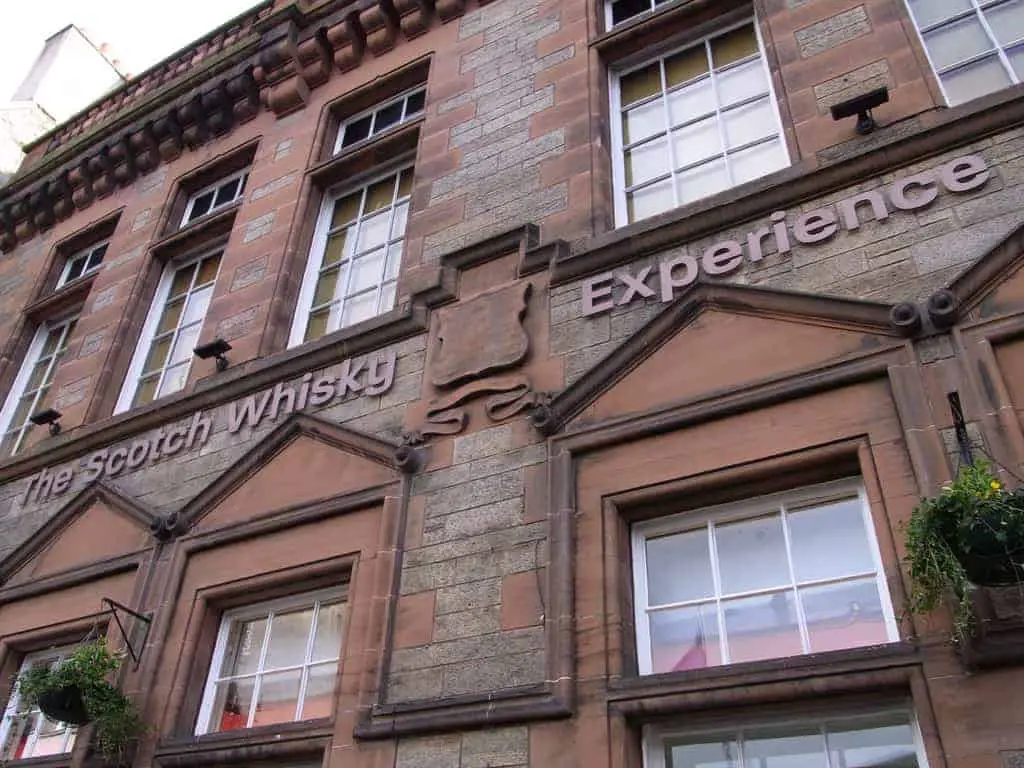
Oh, and if you’re ever in Edinburgh don’t forget to check out the Scotch Whisky Experience on The Royal Mile, not far from Edinburgh Castle esplanade.
This fun and informative visitor attraction will tell you everything you need to know about whisky in all its glorious forms, and you might even learn a few bits of factory-floor gossip from the attraction’s resident ghostly tour guides! Take a look at my guide to the Scotch Whisky Experience to find out everything you need to know before leaving home.
Book Tours in Scotland
Frequently Asked Questions
Where are the single malt whisky regions of Scotland?
Speyside, Highlands, Lowlands, The Islands, The Isle of Islay, and Campbeltown.
What are the most popular whiskies from each Scotch-producing region?
Speyside: Macallan, Dalwhinnie, Glenlivet, Glenfiddich.
Highlands: Dalmore and Glenmorangie.
Lowlands: Auchentoshan, Glenkinchie
The Islands: Highland Park, Talisker, Jura.
Islay: Ardbeg, Laphroaig, Lagavulin
Campbeltown: Glengyle and Springbank
How many whisky distilleries are there in Scotland?
There are currently (as of 2021) 128 different distilleries licensed to produce genuine Scotch whisky in the five main single-malt whisky regions. Distilleries that are not located in Scotland are not allowed to call their product Scotch whisky.
How important is whisky to Scotland?
Scotch whisky accounts for almost 20% of the entire UK exports of food and drink and earns the UK around £140 every second. The industry supports over 40,000 jobs with 10,000 employed directly by whisky manufacturers.
What is the difference between Scotch and single malt?
Scotch is a term used to describe any type of whisky produced in Scotland.
A single distillery can produce Scotch or a blend of various whiskies from various distilleries.
Single malt scotch is considered to be a higher quality and more refined type of scotch because it is made from a single type of grain and is produced at a single distillery, which allows for more control over the production process and a more consistent product. Single malt Scotch is also typically aged for a longer period, which helps to develop its complex flavours and aromas.












